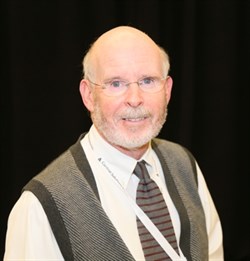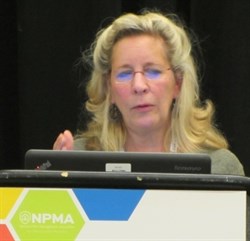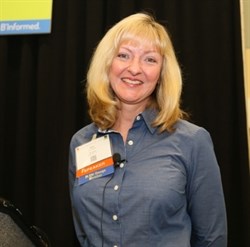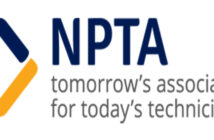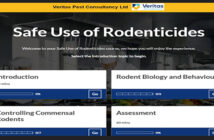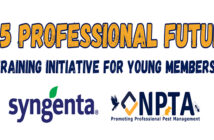Choosing which of the myriad of educational sessions to attend at PestWorld is quite a challenge. This year there were more than 70 seminar topics in the selection box and with up to nine sessions running concurrently at any one timing, the decision is made even harder.
Some speakers are familiar faces at PestWorld and two of those who we’ve learned are not to be missed were in the programme – Dr Bobby Corrigan and Prof Dini Miller. Indeed Bobby was speaking twice, so that was three sessions that chose themselves.
Scanning the other options we discarded topics that we felt were the least relevant for our core UK readers, so anything to do with termites was easy to cross off. There were a whole series of business management sessions brought together under the theme of ‘Thought leaders’. Interesting as these might have been, we felt that there would inevitably be a USA bias to the approach which might not translate too well to the European industry – some more to cross off. After that it was simply a matter of selecting the topics that looked most appealing from the options left at each timing.
| So what did we learn that is worth passing on?
Communicating the industry message But, in an era of fake news and government by Twitter, speaker Kevin Smith from Rollins, one of the biggest servicing companies with over 700 locations and more than two million customers globally, highlighted just how difficult it now is to get any message across. He said that whilst industry revenue has increased in recent years, household penetration has not. In other words the numbers buying pest control services are staying pretty much the same. Some 60% of US householders are in income bands 1 (between $0 and $45,000 pa) and 2 (between $45,000 and $60,000 pa). “The industry’s biggest challenge is to convince these households that they need pest control,” he said. Quoting other research he added: “The overall impression of our industry is very good especially among those using our services.” His conclusion was that word of mouth and personal contact are the best ways of communicating the public health benefits message and he also did some simple arithmetic to show how effective that could be. In round terms, there were 3,500 delegates at PestWorld – if they each spoke to one new person every day for the next year that would be around 1.3million contacts. Broadening that out to all those in the professional sector in the USA (an estimated 75,000), the number of potential contacts rises to 27 million. Rodent control His second appearance was to outline trials done over the past two years to control rats in New York City to support the registration of dry ice. Dry ice is frozen carbon dioxide and it acts as an asphyxiant, not a fumigant. The trials showed it to be fast acting – within 10 to 15 minutes, environmentally friendly and very humane With the trial results and support from Bell Laboratories who came forward with a plan to label and package the product the US regulatory authority, the Environmental Protection Agency (EPA) has been able to fast track approve Rat Ice to control rats in outdoor situations. The product now has to be authorised for use in individual States. Whether or not Rat Ice will be taken through the EU regulatory system remains to be seen. Cockroach treatments – IPM v traditional From her work in US Department of Housing and Urban Development (HUD) she detailed infestations that are frankly appalling – and these are in dwellings supposedly under a pest control contract. Her take home message was ‘to work smarter.’ Monitor and establish infestation levels prior to treatment, then lay appropriate numbers of bait points, rather than just guessing how many. Interestingly, in a year-long study sponsored by Orkin, she had compared integrated pest management (IPM) techniques with traditional bait and spraying activities. Despite an initial higher cost and slower results, long term the IPM programme significantly reduced the cockroach population, whereas after the year under the traditional programme infestation levels had returned to exactly where they had begun. An international flavour |
|
|
| Viran Merchant from Pest Control Association (PCAMB) based in Mumbai, India explained how integrated pest management (IPM) principles are the same the world over. What does change however are the local operating conditions – cultural practices, public awareness, product & equipment availability, regulations, building design and price, to name just a few. His message was that communication with the client held the key to success.
In his presentation that followed, Jay Nixon of American Pest described his very varied experiences of grappling with pests on US properties, embassies and the like, in over 50 countries worldwide. More in Pest magazine |
||

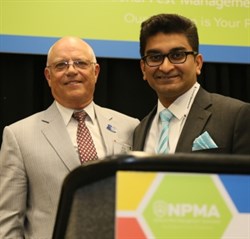
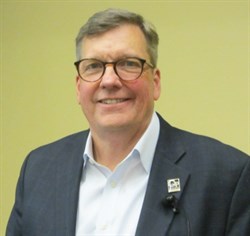 Kevin Smith from Rollins
Kevin Smith from Rollins